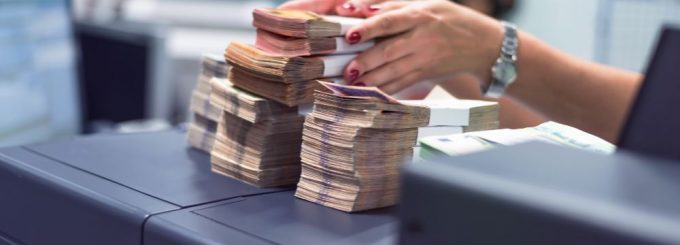A Guide to Purchasing Lower Grade Banknotes

While a lot of emphasis is placed on higher grade paper notes, those who are just beginning their currency collection often want to start with lower grade notes and here is a guide that will help.
Banknote Grades in the United States
American banknotes use a grading system which is similar to the Sheldon 70 point coinage grading scale. The highest quality notes might also be designated as Choice or Gem condition while the lowest quality will be designated as Poor.
Anyone who is looking for fractional notes or smaller sizes will often find great deals at auctions. However, it is important to know what to look for. Experts recommend purchasing the best you can get. For instance, if searching for a National Bank note and you come across a rare specimen, you’ll definitely want to get it, especially if it’s in good condition.
How to Search for Quality Banknotes
One currency collector found an old advertisement for a bank in 1968 which has long since shut its doors. The ad was for the Michigan State Bank, which showcased stunning American notes with a reddish color. At the time they retailed for $5 each, but today have become exceptionally rare and cost around $500 each. This is an incredible return, especially when you consider inflation.
John Hickman played an important role in compiling information related to banknotes, and his work lives on today and is continued by other currency experts. Hickman was able to identify 6 rare groups which were based on the totally reported populations. One of two notes was 6, three to five were 5 and six to twelve were 4.
The industry has shifted over the last forty years and now currency experts are prioritizing the rarity for individual notes. However, it is still recommended to purchase notes which were issued by now defunct banks, because you may never come across them again. It is the population info that will to a large extent shape a note’s cost. In most pricing catalogs you’ll be given information regarding prices for standard notes, but the costs for the better specimens is dependent largely on competition from collecting venues.
For example, if 2 or 3 currency collectors with deep pockets live in the same area, the prices will often be stiff. A note which has received a grade of Very Fine might sell for 4 figures, especially if only a few dozen exist. However, the amount can increase to five figures for Gem grade notes.
Which Notes are best for Beginners?
The best advice for beginners to is to look for notes that are in Good condition. These are specimens which have been well circulated, but are somewhat limp and worn. Because they’ve been circulated so much, there might also be creases, pinholes, dirt or discoloration. However, if sufficiently rare they can still be worth quite a bit. While everyone wants classic notes in fine condition, the reality is that such specimens can be tough to find, and they might still have imperfections such as frayed edges or pinholes.


